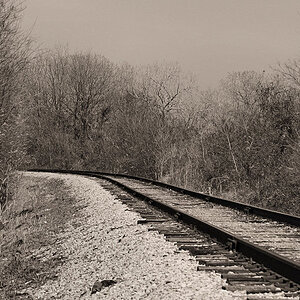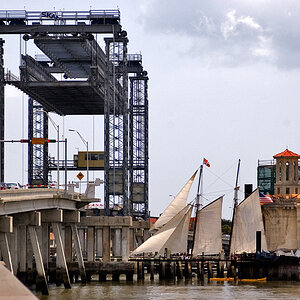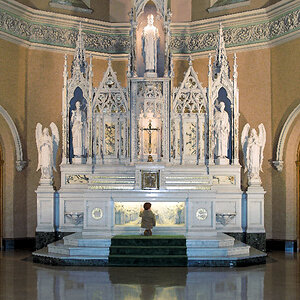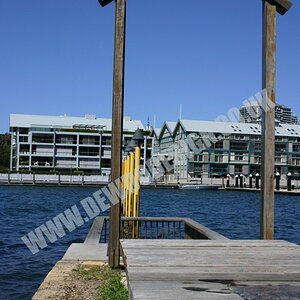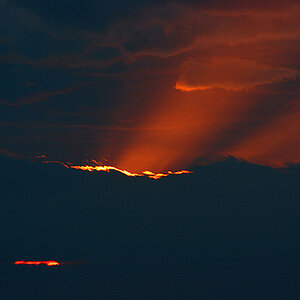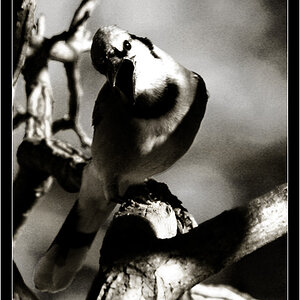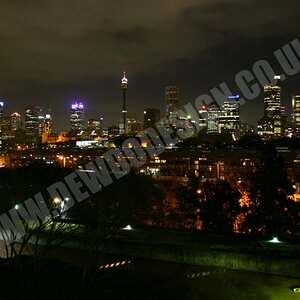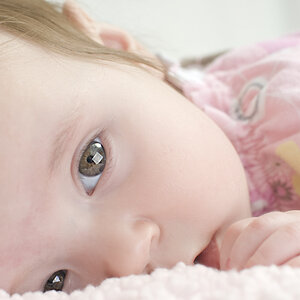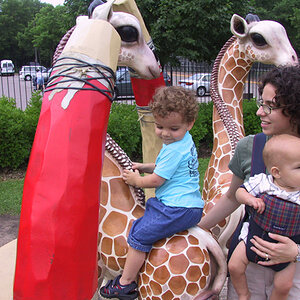MightyLeeMoon
TPF Noob!
- Joined
- May 27, 2006
- Messages
- 259
- Reaction score
- 0
- Location
- Charlotte, NC
- Website
- www.transmissionfields.com
I'm going to guess Av is aperture priority? If so...then this is what I use a lot of as well.
If I have time to set up a shot...I will switch it to Manual. But sometimes it will take me 6 or 7 shots to get it to what I want.
Hey...I'm new...and it takes a lot of experimenting! ;-)
If I have time to set up a shot...I will switch it to Manual. But sometimes it will take me 6 or 7 shots to get it to what I want.
Hey...I'm new...and it takes a lot of experimenting! ;-)


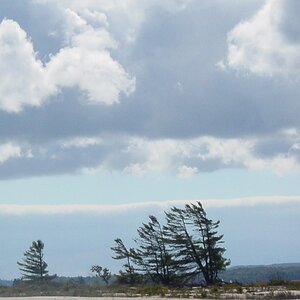
![[No title]](/data/xfmg/thumbnail/37/37280-a7e70a01ccd331918e71645cd4c1f16e.jpg?1619737977)
